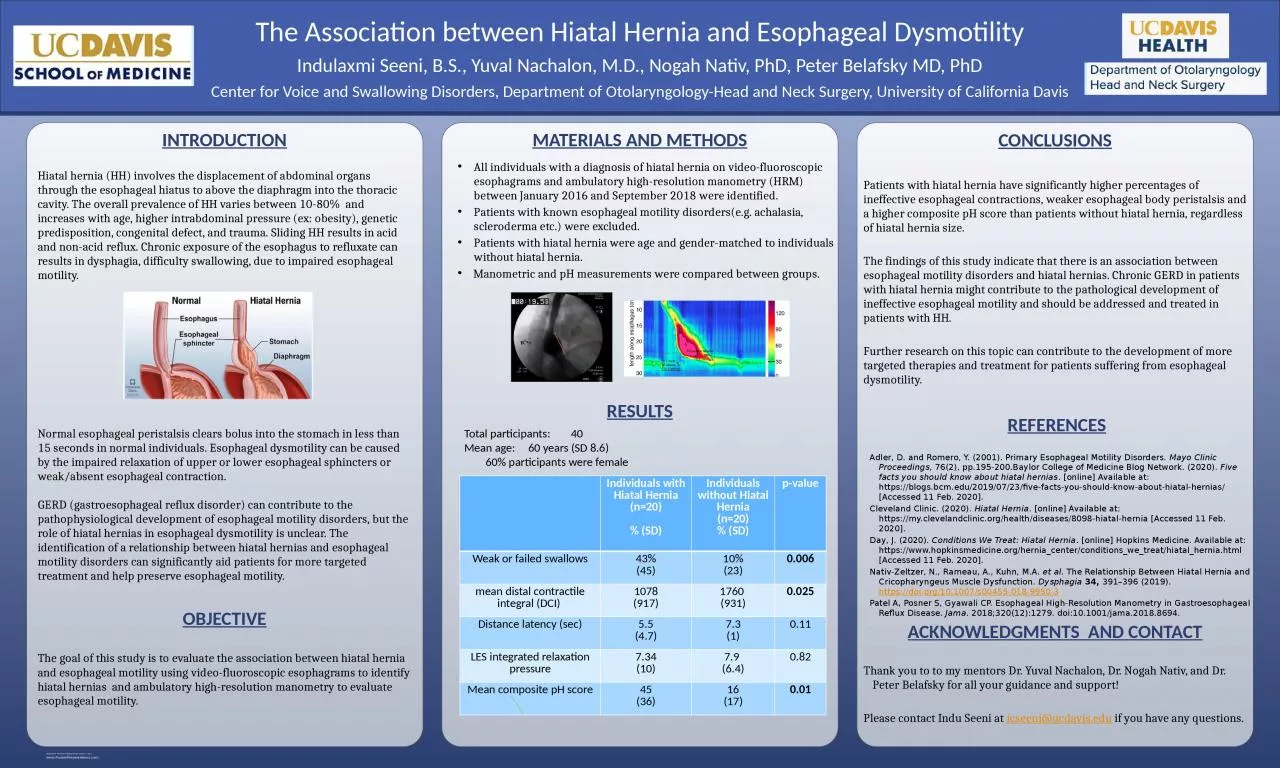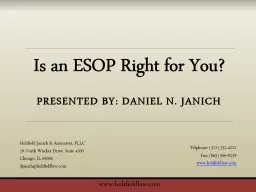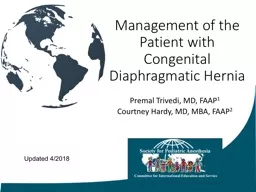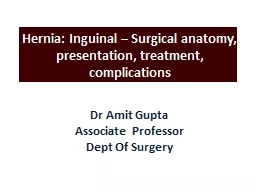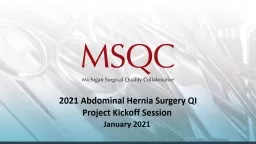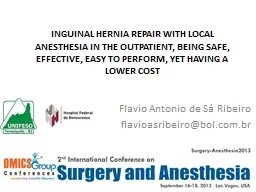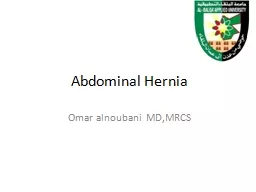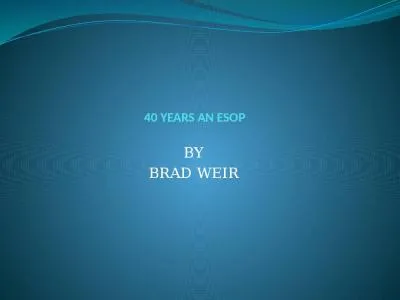PPT-INTRODUCTION OBJECTIVE All individuals with a diagnosis of hiatal hernia on video-fluoroscopic
Author : taylor | Published Date : 2022-06-15
Patients with known esophageal motility disorderseg achalasia scleroderma etc were excluded Patients with hiatal hernia were age and gendermatched to individuals
Presentation Embed Code
Download Presentation
Download Presentation The PPT/PDF document "INTRODUCTION OBJECTIVE All individuals w..." is the property of its rightful owner. Permission is granted to download and print the materials on this website for personal, non-commercial use only, and to display it on your personal computer provided you do not modify the materials and that you retain all copyright notices contained in the materials. By downloading content from our website, you accept the terms of this agreement.
INTRODUCTION OBJECTIVE All individuals with a diagnosis of hiatal hernia on video-fluoroscopic: Transcript
Download Rules Of Document
"INTRODUCTION OBJECTIVE All individuals with a diagnosis of hiatal hernia on video-fluoroscopic"The content belongs to its owner. You may download and print it for personal use, without modification, and keep all copyright notices. By downloading, you agree to these terms.
Related Documents

